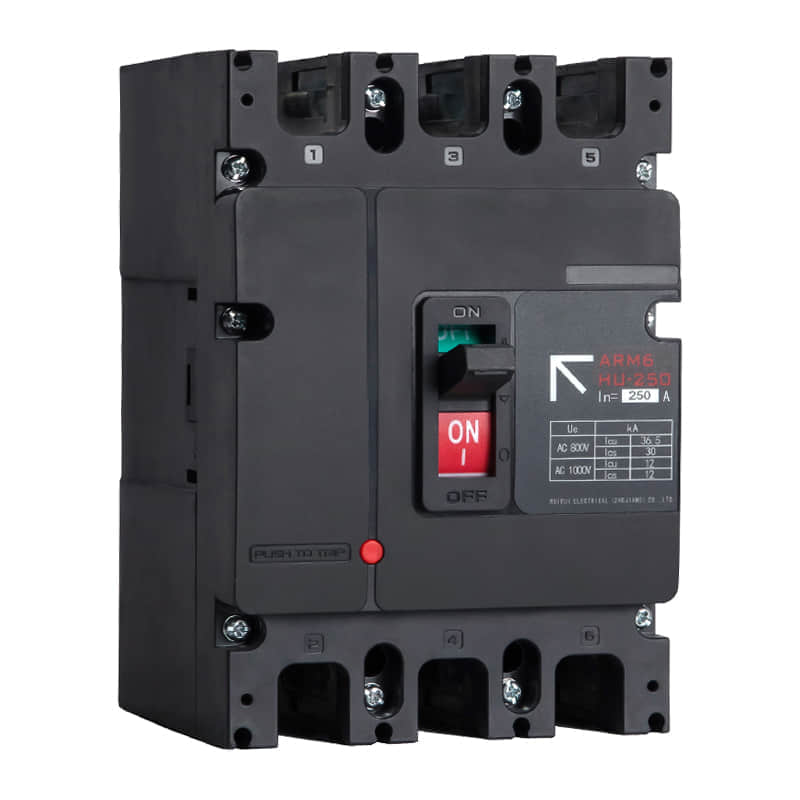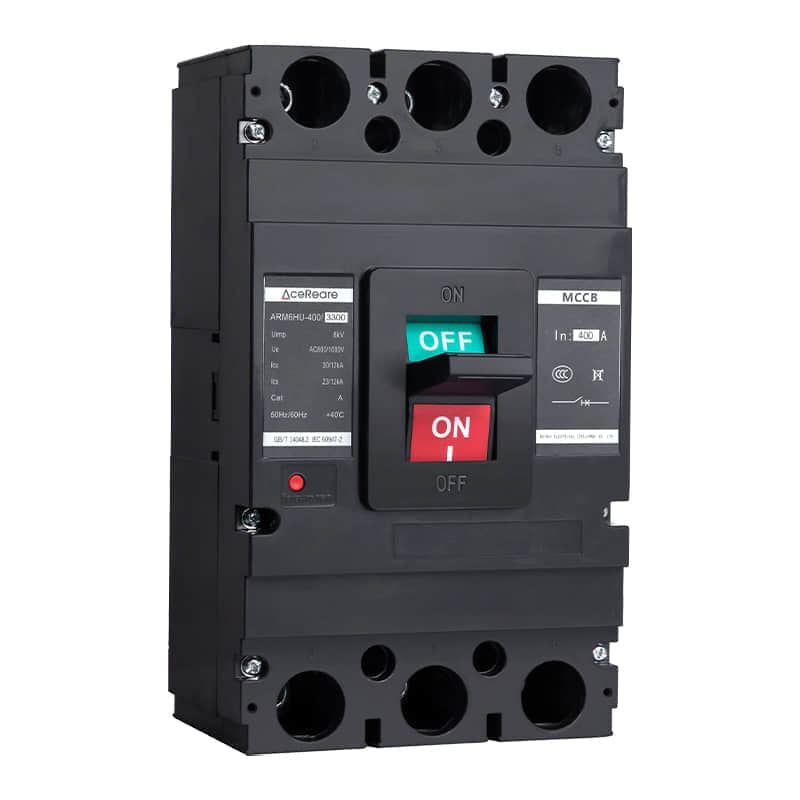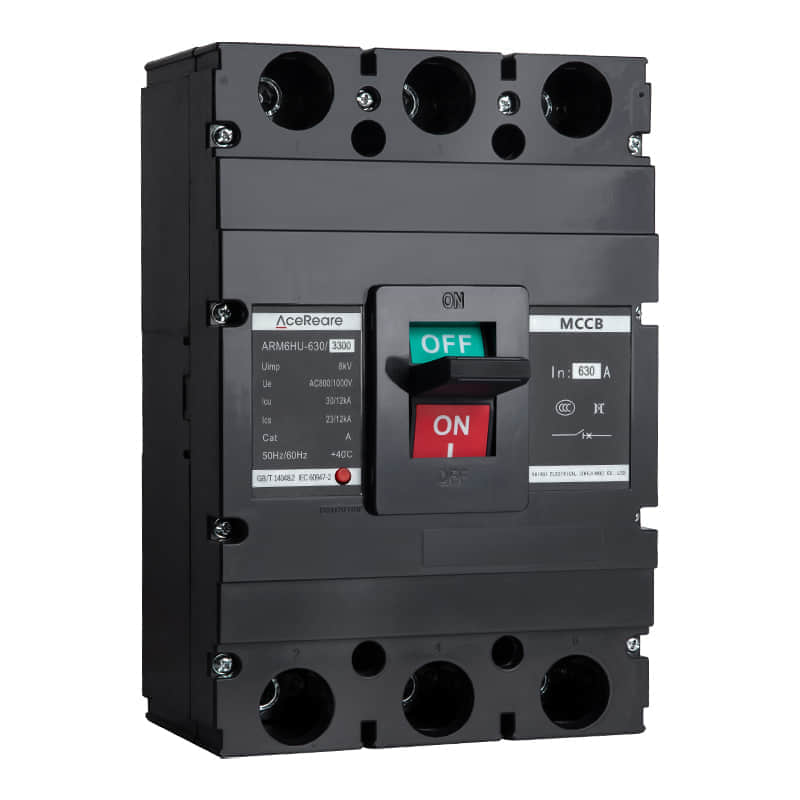In the realm of electrical engineering and safety, Molded Case Circuit Breakers (MCCBs) stand as stalwart guardians, ensuring the smooth flow of power while safeguarding against potential hazards. These compact and efficient devices have a long history of evolution and play a pivotal role in modern electrical systems. In this article, we will explore the world of MCCBs, from their inception to their current significance.

Introduction

MCCBs, also known as MCCBs, are essential components of electrical distribution systems. They are designed to protect circuits and electrical equipment from overcurrents and short circuits. The concept of circuit breakers, which serve as switches that interrupt electrical currents when needed, has been around for over a century. However, the molded case circuit breaker as we know it today has come a long way in terms of design, technology, and applications. The Birth of MCCBs The early 20th century witnessed the emergence of circuit breakers, but these were bulky, expensive, and required significant maintenance. It wasn’t until the mid-20th century that MCCBs made their debut. These circuit breakers introduced a groundbreaking shift in design by enclosing critical components within a molded insulating case. This innovation dramatically reduced maintenance requirements and improved reliability, setting the stage for MCCBs to become an industry standard. Key Components and Operation MCCBs consist of several crucial components, including a thermal-magnetic trip unit, an arc-extinguishing chamber, contacts, and an operating mechanism. The thermal-magnetic trip unit responds to overcurrents and short circuits by either heating a bimetallic strip or using electromagnets to trip the breaker. The arc-extinguishing chamber helps extinguish any arc that may form during circuit interruption, ensuring safety and reliability. Applications in Modern Electrical Systems MCCBs find extensive use in various electrical systems and applications. They are commonly employed in industrial facilities, commercial buildings, and residential settings. Their versatility makes them suitable for protecting motors, transformers, distribution panels, and much more. Advantages of MCCBs Reliability: MCCBs are highly reliable due to their robust construction and advanced trip units. They provide consistent protection against overcurrents and short circuits. Ease of Installation: These circuit breakers are designed for easy installation, which reduces downtime during maintenance or replacements. Safety: MCCBs play a crucial role in electrical safety by quickly interrupting power in case of a fault, minimizing the risk of fires and electrical accidents. Adjustability: The trip settings of MCCBs are adjustable, allowing for customization to suit specific applications and load requirements. Longevity: Properly maintained MCCBs can have a long service life, offering cost-effective protection over time. Challenges and Innovations While MCCBs have evolved significantly, challenges remain, such as the need for more precise protection coordination in complex electrical systems and the demand for smart MCCBs with advanced communication capabilities. Manufacturers are addressing these challenges through innovations like digital trip units and IoT integration, which provide real-time data and remote control, enhancing overall system reliability and efficiency. Conclusion In the world of electrical engineering, Molded Case Circuit Breakers have come a long way from their humble beginnings. They have evolved into vital components of modern electrical systems, providing essential protection against electrical faults and overcurrents. As technology continues to advance, MCCBs will likely play an even more critical role in ensuring the safety and reliability of electrical systems across the globe. Their journey from innovation to industry standard is a testament to the importance of constant improvement in electrical engineering.
